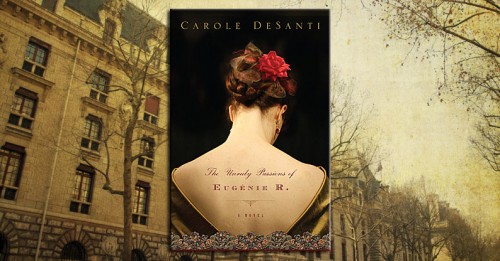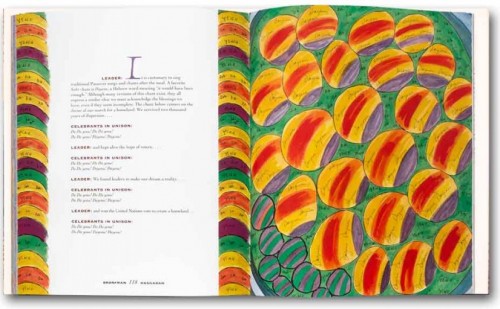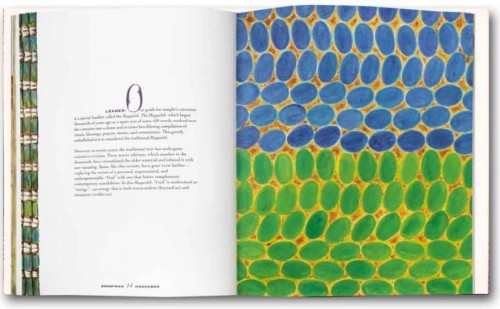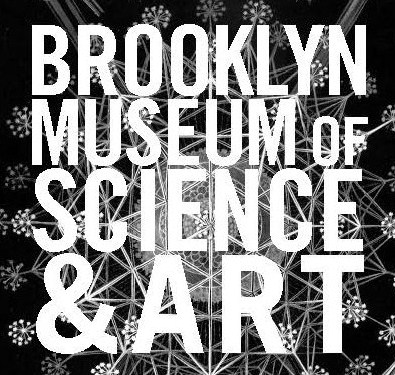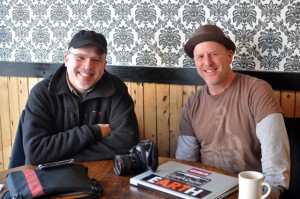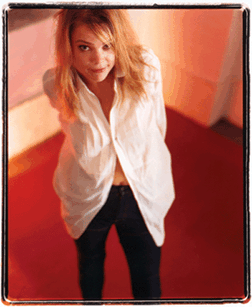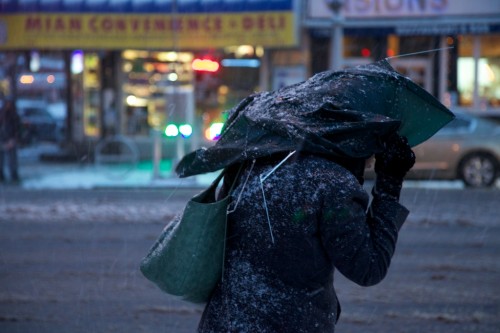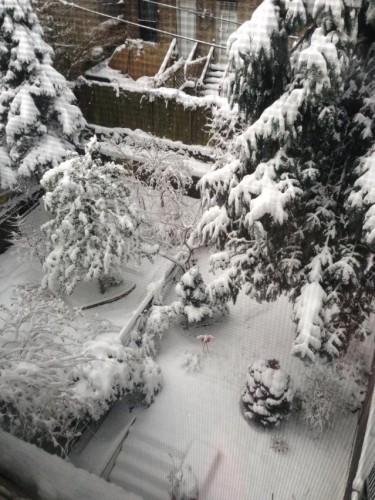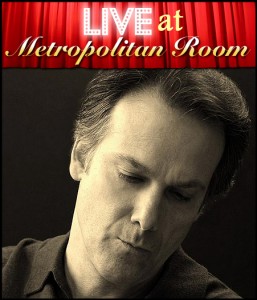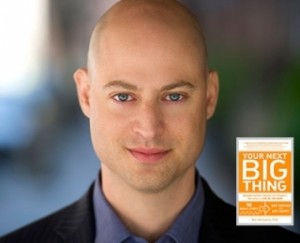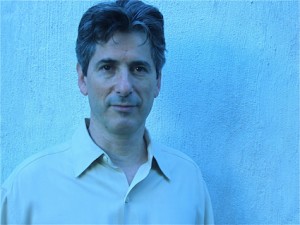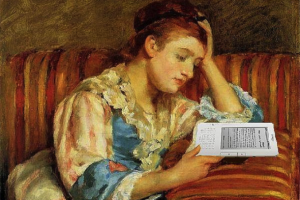I am very frustrated with the way that the Daily News edited my op-ed about Barclays Center in Sunday’s paper. I suppose I shouldn’t be surprised—it is a corporate conglomerate that has a stake in the Barclays Center. I was shown a shortened vershion but had little time to make changes. I had nothing to do with the headline (The drunken hordes that never came) or the subtitle (Park Slope was wrong about Barclays Center), which, as you can imagine, really rankled me. Here’s the original that I sent to the newspaper.
by Louise Crawford
Whatever you thought about the Atlantic Yards Project —what the new Brooklyn Net’s stadium was called before it was branded Barclays Center—it’s very possible that you think differently now.
Not because you’re a hypocrite. It’s just that when urban planning becomes urban reality, those who live in it must adapt and learn from it, just as they would when a giant gorilla decides to move next door.
During the planning stages for the twenty-two acre site, it was easy to feel apoplectic when Forest City Ratner, a Cleveland-based developer with big pockets, was able to bypass standard review procedures, the City Planning Commission and The City Council.
The proposed stadium and sixteen high-rise apartment buildings rankled locals in an area defined by its historic structures, low-rise vistas and a strong belief in gentrification as a form of grass roots development. The Fort Green neighborhood was already testy from the poke in the eye that is Forest City Ratner’s less than beautiful Atlantic Mall.
Just about every project that smells of big business, traffic and noise inspires local opposition in Brooklyn areas like Park Slope, Prospect Heights and Red Hook, big city neighborhoods that feel like small towns.
In the nineties, New York Methodist Hospital announced they were building an underground parking garage in the center of Park Slope with Rite Aid and Barnes and Noble on the retail level. Citizens feared traffic, noise, garbage and the loss of their beloved local bookstores and pharmacies. Indeed, most of the neighborhood’s bookstores did perish, except for one brave exception (Community Bookstore).
The coming of Ikea and Fairway caused no small amount of tsuris among Red Hook pioneers, who worried about traffic, congestion and changes to the areas historic charm.
Back in 2005, the guerilla opposition to Forest City Ratner’s Atlantic Yards gorilla organized almost immediately. Locals cried “Develop Don’t Destroy” to a plan that lacked context and common sense. What about schools, subways, traffic, jobs, parking, affordable housing, tax dollars, and infrastructure? They demanded answers.
Ultimately, legal tactics using Eminent Domain won the day. The area, which has been gentrifying at a rapid pace, was dubiously deemed blighted and buildings were demolished, including Freddy’s, a beloved, historic bar, as well as a condo building, home of Daniel Goldstein, the Rosa Parks of the Atlantic Yards battle.
A funny thing happened on the way to Barclays. Locals realized it wasn’t so bad to have a basketball stadium in their midst despite their opposition to the way it got there. Fears about noise, traffic, garbage and public urination proved unwarranted, though there are some problems and traffic on nearby Third Avenue has worsened and rats run rampant and have invaded Park Slope, as well.
We also learned that having a basketball team can actually create a sense of camaraderie and Brooklyn pride. Barclays Center has become a public square (sponsored by the New York Daily News) in a racially and economically stratified borough that often feels segregated. The Barclays Center is one place in Brooklyn, other than the subway (and maybe the Cyclone) that truly has an integrated clientele.
Some like the Reverend Daniel Meeter of Old First Dutch Reformed Church in Park Slope, who opposed the project from the start, aren’t so sure about the benefits “The only real gains to Brooklyn are the economic gains to certain private businessman and ephemeral emotional gains to individual fans. Societal gains, real ones, like on race: realistically zilch. Architectural gains? Zilch, Lessons: ancient lessons rehearsed about money and power able skillfully to manipulate democratic processes of decision making. Big money sports (entertainment) is an essentially anti-democratic, anti-organic, and ultimately anti-social business.”
Still, the entertainment programming at Barclays has been inspired. Hip Hop ruled when Jay-Z performed in a series of opening week performances. The sound level was off the charts and Barclays was charged a $3,200 fine. But Hip Hop and Brooklyn were in the house.
Having Jay-Z as mascot and fifty of 1 percent owner of the Brooklyn Nets certainly went a long way towards making African-American and young Brooklynites feel a sense of trust and “ownership.” Mos Def, however, was not thrilled and wrote a powerful poem that expressed concerns that the trickle down from the stadium might never flow to those in need.
My Baby Boomer friends, many of whom protested angrily against the Atlantic Yards Project, seemed pretty excited when Bob Dylan, Patti Smith, Neil Young , The Who, The Rolling Stones, and Leonard Cohen performed at the stadium. I wondered if, once again, we were being pandered to. Just like when they brought in starchitect Frank Gehry to design the first iteration of the stadium before he was fired.
I think it’s universally agreed that the architecture is less than the Miss Brooklyn we were promised. That said, I like the way the public space rises out of the subway station. I also like the rusty basket weave skin of the building, which is evocative of the site’s former life as a train yard.
The Barclay’s logo and other corporate signage is not only ugly but a reminder that corporations have control over our cities and that product placement has more power than the people who live right next door. It reminds me that even the borough of Brooklyn can be bought by corporate interests.
So the big gorilla moved in and we’re adapting. Like it or not, Brooklyn has a new cultural hub, a crossroads for an economically and racially diverse Brooklyn to come together. And we’ve got a team that gives us all something to cheer about.
This is the new now that we must build upon with plenty of lessons learned. But the question remains: how does Brooklyn enhance the neighborhoods that we love to build a community and not a battlefield?


